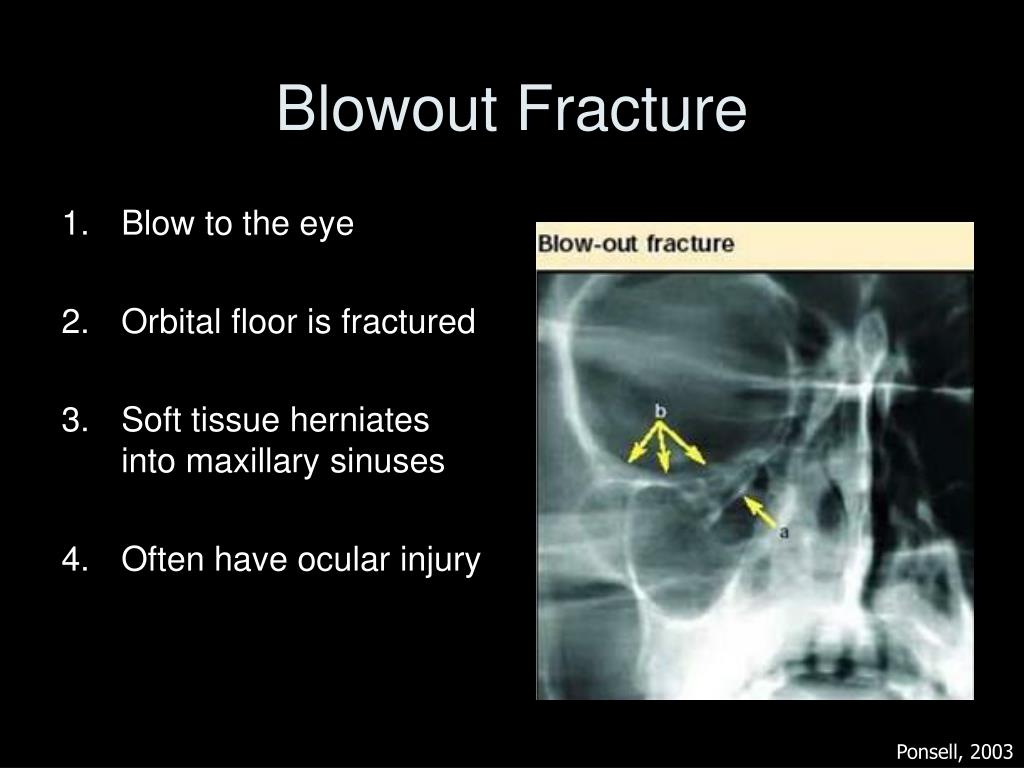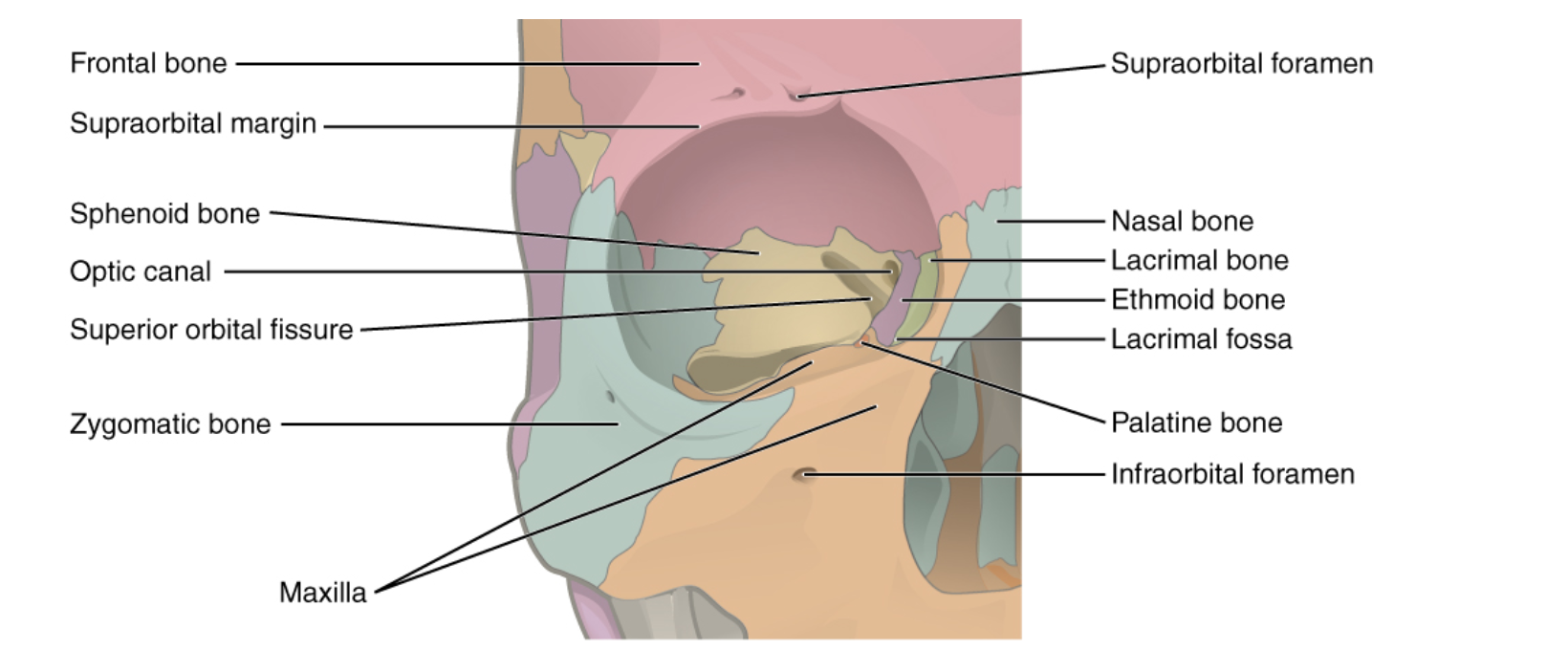
Lee JE, Lee JJ, Lee SU et al (2015) CT-based morphological analysis of isolated inferior and medial blow-out orbital fractures in Korean adults. Song WK, Lew H, Yoon JS, Oh MJ, Lee SY (2009) Role of medial orbital wall morphologic properties in orbital blow-out fractures. Yeoman LJ, Howarth L, Britten A, Cotterill A, Adam EJ (1992) Gantry angulation in brain CT: dosage implications, effect on posterior fossa artifacts, and current international practice. Ophthalmic Plast Reconstr Surg 35:609–614 Richani K, Do TH, Merritt HA, Pfeiffer ML, Chuang AZ, Phillips ME (2019) Screening criteria for detecting severe ocular injuries in the setting of orbital fractures. Shin JW, Lim JS, Yoo G, Byeon JH (2013) An analysis of pure blowout fractures and associated ocular symptoms. Mellema PA, Dewan MA, Lee MS, Smith SD, Harrison AR (2009) Incidence of ocular injury in visually asymptomatic orbital fractures. He D, Blomquist PH, Ellis E 3rd (2007) Association between ocular injuries and internal orbital fractures. Lim JW, Yoo JH, Nam KY, Lee SU, Lee SJ (2016) Analysis of ocular complications and blowout fracture in orbital blunt trauma. Lee JS, Lee H, Shin H, Lee J, Jang M, Baek S (2012) Significant intraocular sequelae in orbital blunt trauma and their association with blowout fracture. Lee TS, Kellman R, Darling A (2014) Crumple zone effect of nasal cavity and paranasal sinuses on posterior cranial fossa. Petro J, Tooze FM, Bales CR, Baker G (1979) Ocular injuries associated with periorbital fractures. Holt GR, Holt JE (1983) Incidence of eye injuries in facial fractures: an analysis of 727 cases. Ophthal Plast Reconstr Surg 6:211–217Ĭook T (2002) Ocular and periocular injuries from orbital fractures. Green RP Jr, Peters DR, Shore JW, Fanton JW, Davis H (1990) Force necessary to fracture the orbital floor. Kreidl KO, Kim DY, Mansour SE (2003) Prevalence of significant intraocular sequelae in blunt orbital trauma. Putterman AM, Stevens T, Urist MJ (1974) Nonsurgical management of blowout fractures of the orbital floor. The orbital fracture may play a protective role against ocular injury by providing a decompressive effect on the orbital tissue. The incidence of ocular injuries was significantly higher in patients without orbital fracture than in those with fractures of the orbit. Logistic regression revealed that short orbit was associated with the presence of ocular injury ( p = 0.004). 44.1 mm p = 0.003) compared to the patients without ocular injuries. Patients with ocular injuries showed shorter depth of the orbit (41.9 vs. Open globe injuries occurred in 5 of 158 (3.2%) in the fracture group and in 6 of 42 (14.3%) in the no fracture group open globe injuries were found more often in the no fracture group ( p = 0.012). Ocular injuries occurred in 129 of 158 (81.6%) in the fracture group, and in 40 of 42 (95.2%) in the no fracture group ocular injuries were found more often in the no fracture group ( p = 0.031).

Two hundred patients were included and 158 presented with fracture. The patients were divided into groups based on the presence of orbital fracture and/or the presence of ocular injury and clinical data were compared. The location of the fracture and morphologic parameters were reviewed.


Patients’ age, gender, cause of trauma, and injury patterns were retrieved. Patients examined by ophthalmologists and evaluated by CT scan were included. Patients with periocular trauma who visited the emergency room at the referral center from 2014 to 2016 were screened. To analyze the prevalence and association of ocular injury and orbital fracture in orbital trauma patients Methods


 0 kommentar(er)
0 kommentar(er)
